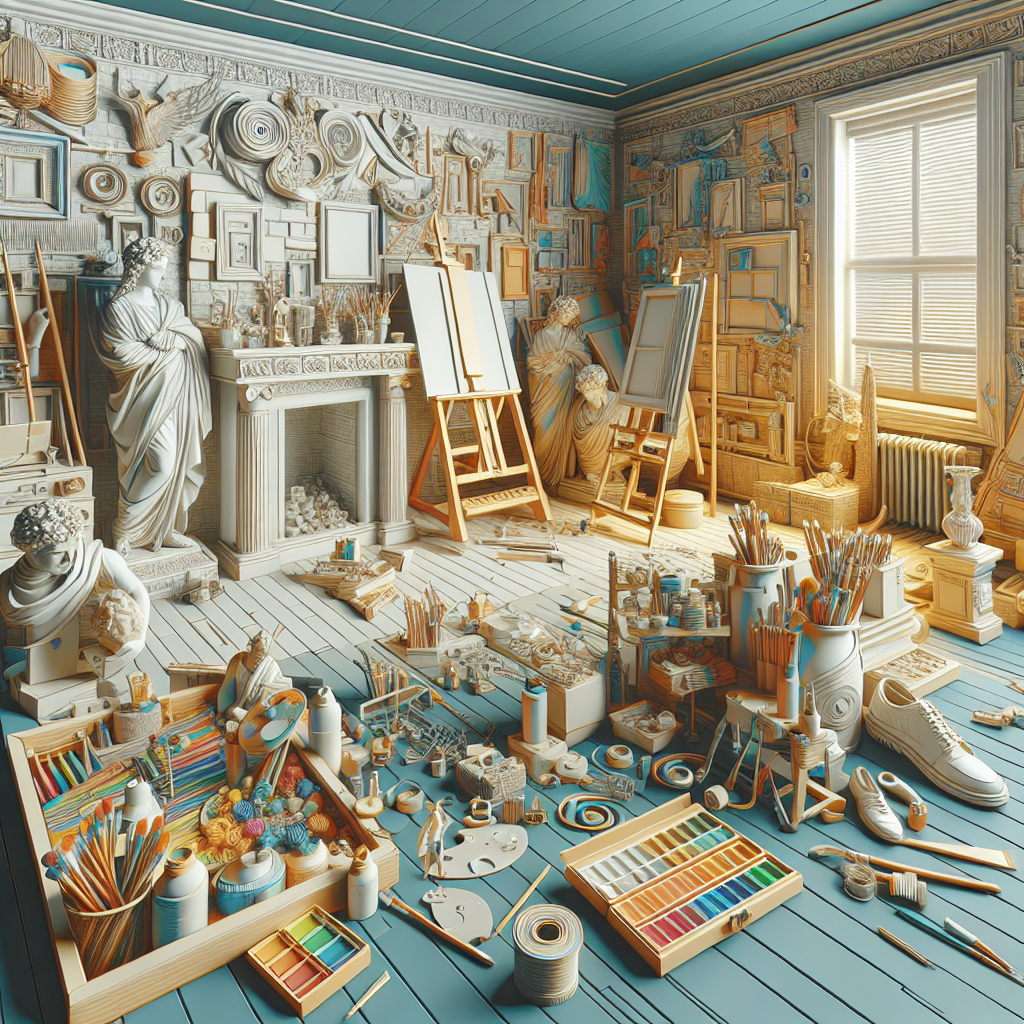An Artist's Journey
What happens when an artist's vision defies the mundane and instead, captures the profound essence of life itself? Prepare to be mesmerized by the world of Ali Teoman Germaner, a Turkish sculptor and academic whose work has broken through the barriers of conventional artistry. Born in 1934 in Istanbul, Turkey, Germaner's journey from the bustling city streets to the illustrious art circles of Europe showcases a vibrant narrative of creativity and cultural exploration. This blog post explores the 'who', 'what', 'when', 'where', and 'why' of Germaner's life, unravelling his artistic milestones that shaped his legacy.
Who Was Ali Teoman Germaner?
Ali Teoman Germaner was not just a sculptor; he was a visionary pioneer, fusing diverse elements of modern art and classical influences to create pieces brimming with emotive power. As a professor at Istanbul’s Mimar Sinan Fine Arts University, he not only conveyed technical skills but inspired students to push the boundaries in their pursuit of art. Optimistically embracing new materials and techniques, Germaner taught his learners to view the world as a canvas waiting for innovation.
The Art of Sculpting
Germaner's artistic endeavors were fueled by an innate curiosity and a robust understanding of form and structure. He broke down complex concepts into tangible sculptures that communicated universal human conditions and emotions. His works were not mere eye candy; they were profound statements in bronze and stone, investigating themes of existence, space, and identity.
Historical Context
Having started his career in the mid-20th century, Germaner was part of a dynamic period in the global art scene, marked by rapid technological progress and shifts in cultural paradigms. While many artists sought to isolate their identity from traditional influences, Germaner embraced them, skillfully integrating them into his avant-garde creations. Studying under acclaimed artists during his education at the State Academy of Fine Arts in Istanbul and later connecting with the art circles in Europe, he continually sought to reconcile and celebrate the harmony and contrasts between East and West.
Germaner’s Notable Works
Among his notable works is the 'Peace Monument,' symbolizing unity and harmony amidst international tensions. This sculpture gained acclaim for its intricate rendition of embracing figures, emphasizing connection despite individual differences. His approach was undeniably scientific—breaking down human interactions to their core principles and reconstructing them into art capable of speaking its own language.
A Global Influence
Continuing his journey, Germaner's creations found homes in galleries and exhibitions worldwide, from Europe to the Middle East. His optimistic perspective and belief in the universal language of art resonated strongly across cultures, making his work a dialogue between continents. This ability to navigate and articulate the human experience gave his pieces a timeless relevance that continues to inspire contemporary artists today.
Academic Contributions
Beyond his physical creations, Germaner’s influence extended into theoretical and educational frameworks. His lectures and writings dissected the why behind art, encouraging students to understand not just the creation but the implication and impact of their expressions on society. His passion for teaching was grounded in empowering others with the confidence to intellectually and creatively navigate an increasingly interconnected world.
Legacy and Impact
Ali Teoman Germaner's legacy is a collage of innovation, education, and boundless creativity, all driven by an optimistic outlook on the potential of human expression. His dedication has inspired generations of artists and academics alike, fostered new techniques, and broadened the understanding of modern art forms. Moreover, his works invite us all to reconsider how we perceive and interact with the world, pushing us towards a future enlightened by art and the stories it tells.
Conclusion
In celebrating Ali Teoman Germaner, we not only recognize the sculptor who crafted masterpieces but also the educator who sculpted minds. His journey is a testament to the unending possibilities that arise when one combines scientific inquiry with artistic freedom. It's this blend of disciplines that ensures Germaner’s place in the annals of art history—reminding us all that creativity, like humanity, is limitless.

